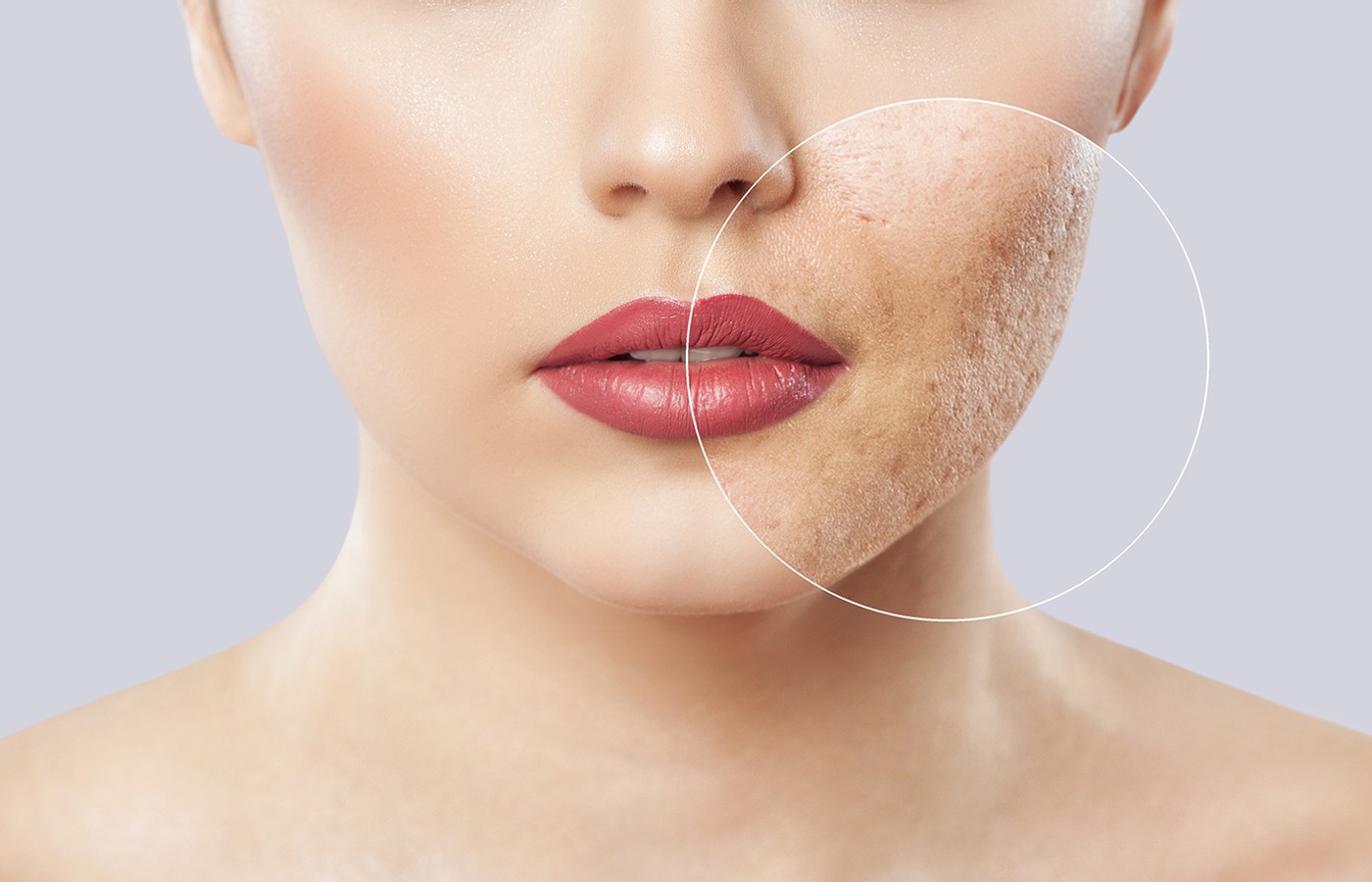Whether you accept it, avoid it or live somewhere in between, insurance coverage has become a defining issue for our profession. Patients increasingly expect to use their benefits, practitioners want to be compensated fairly for their time and expertise, and the system itself remains – at best – fragmented. The encouraging news is that coverage has expanded in meaningful ways. The challenging news is that reimbursement, across the board, remains inadequate.
Microneedling for Acne / Acne Scars
- This article focuses specifically on the application of microneedling as a therapy for acne and acne scars.
- Research, as reported in Dermatology Times, underscores the efficacy of microneedling in decreasing the number and depth of acne scars.
- Microneedling, also known as collagen induction therapy, operates by stimulating the immune system and wound-healing mechanisms.
Microneedling has emerged as a widely embraced therapeutic modality for acupuncturists, offering diverse benefits ranging from addressing fine lines and wrinkles to treating conditions such as acne, acne scars, hair loss, melasma, and rosacea. This article focuses specifically on the application of microneedling as a therapy for acne and acne scars.
Acne and Acne Scars
Acne vulgaris, affecting over 90% of adolescents and 12-14% of adults, poses significant psychological and social challenges. Microneedling, recognized for its effectiveness, stands out as a highly potent treatment for both acne and the ensuing scars. The aftermath of the inflammatory process gives rise to hypertrophic and keloid scars or atrophic scars, further categorized into ice pick, rolling, and boxcar scars.
For individuals grappling with acne scars, microneedling emerges as a transformative intervention, remodeling the skin to diminish the appearance of scars and reduce redness. Its advantage lies in being a relatively risk-free procedure with minimal patient recovery time.
Research, as reported in Dermatology Times,1 underscores the efficacy of microneedling in decreasing the number and depth of acne scars. Numerous studies, employing microneedle pens, derma rollers, or derma stamps, consistently demonstrate the positive impact of microneedling on acne scar reduction.2-4
Mechanism of Microneedling
Microneedling, also known as collagen induction therapy, operates by stimulating the immune system and wound-healing mechanisms. The microneedles penetrate the skin, causing micro-wounds that trigger an intense inflammatory reaction, setting off a cascade of subsequent reactions. Nerve receptors and defense mechanisms interpret these fine needle intrusions as a specific type of injury, prompting the skin to heal accordingly.
During the healing process, keratinocytes, constituting 90% of epidermal cells, produce keratin, facilitating epidermal thickening and communication with fibroblasts. Microneedling accesses fibroblasts without harming keratinocytes, promoting the release of growth signals to skin stem cells. This signals rapid growth of new fibroblasts and other wound-repairing cells, ultimately transforming into collagen fibers. The integration of new collagen fibers with existing collagen in the upper dermis results in skin thickening, wrinkle reduction, and the promotion of healthy new skin cells.
Microneedling for Acne
In a study published in 2021, microneedling emerged as a safe and effective treatment for acne vulgaris.5 The therapeutic benefits include:
- Reducing Sebum Production: Microneedling induces controlled inflammation, helping regulate overactive sebaceous glands and rebalance oil production, potentially preventing clogged pores and breakouts.
- Opening Clogged Pores: The creation of tiny channels during microneedling facilitates the unclogging of pores filled with debris, dead skin cells, and oil, improving the appearance of existing blackheads and whiteheads.
- Enhancing Product Penetration: Microchannels created by microneedling allow deeper penetration of topical skin care products, delivering active ingredients deeper into the pores, particularly beneficial for acne-prone skin.
- Stimulating Collagen Production: The procedure triggers the skin’s natural wound-healing response, leading to increased collagen and elastin production, thereby improving the appearance of acne scars.
- Minimizing Inflammation: Microneedling aids in reducing skin inflammation, a significant contributor to the development and persistence of acne lesions, promoting overall skin health.
- Improving Skin Texture: Microneedling encourages skin cell turnover and the formation of new, healthier skin cells, resulting in smoother skin texture.
Treatment Time / Frequency
The treatments typically take 20-30 minutes and should include acupuncture body points to treat any underlying issues. Numbing cream may or may not be required.
Sessions are typically spaced at intervals, allowing the skin to heal and maximize the therapeutic benefits. A recommended treatment plan may involve sessions spaced 4-6 weeks apart, tailored to individual responses and the severity of the condition.
Clinical Take-Home
Microneedling, with its multifaceted benefits and minimal invasiveness, emerges as a versatile tool for acupuncturists, offering transformative outcomes in the realm of dermatological care, particularly in the treatment of acne and acne scars.
- Mujahid N, Shareef F, Maymone MBC, Vashi NA. Microneedling as a treatment for acne scarring: a systematic review. Dermatol Surg, 2020 Jan;46(1):86-92.
- Farrukh AK, Ahmad S, Mehrose MY, et al. Efficacy of micro-needling on post acne scars. J Ayub Med Coll Abbottabad, 2019 Jul-Sep;31(3):336-339.
- Bhargava S, Kumar U, Varma K. Subcision and microneedling as an inexpensive and safe combination to treat atrophic acne scars in dark skin: a prospective study of 45 patients at a tertiary care center. J Clin Aesthet Dermatol, 2019;12(8):18-22.
- Shamban AT, Narurkar VA. Multimodal treatment of acne, acne scars and pigmentation. Dermatol Clin, 2009;27(4):459-71, vi.
- Gowda A, Healey B, Ezaldein H, Merati M. A systematic review examining the potential adverse effects of microneedling. J Clin Aesthet Dermatol, 2021 Jan;14(1):45-54.



